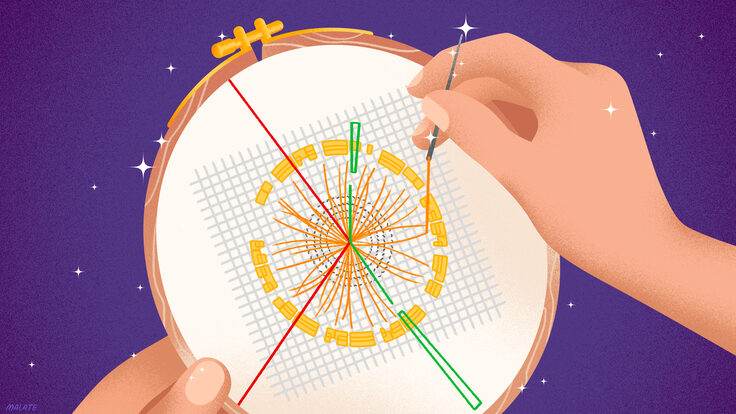Want to know where some of your stimulus dollars are going? And if the spending is worthwhile?
An interesting 3-minute news report highlights one use of stimulus funding by the particle physics community and explains that the money is creating non-laboratory jobs, expanding our knowledge of the world and building the path to technological competitiveness.
The report gives a quick overview of Jefferson National Laboratories plans to use $65 million in American Recovery and Reinvestment Act funds to upgrade its electron beam.
The project broke ground in April and is pumping millions of dollars into local construction and service industries as well as high-tech manufacturing across the country. American Recovery and Reinvestment Act funding accounts for about $65 million of the $310 million project.
The news report gives a nice overview of the work so far and explains how the electron beam work could explain more about the matter that makes up us and the world around us as well as create spin offs that effect your quality of life. The same type of research used in the electron beam experiment launched a new form of gamma ray imaging that makes mammograms less uncomfortable and provides better images of cancer tumors, according to the Newport News.
Jefferson Lab is a world-leading nuclear physics research laboratory devoted to the study of the building blocks of matter --quarks and gluons. The upgrade will double the energy of the lab's electron beam from 6 billion electronvolts (GeV) to 12 GeV and enable scientists to address one of the great mysteries of modern physics: Why are there no single quarks?
If you want to know more about quarks, JLab produced two videos in 2000 explaining the value of researching them. You can view part one here and part two here.






